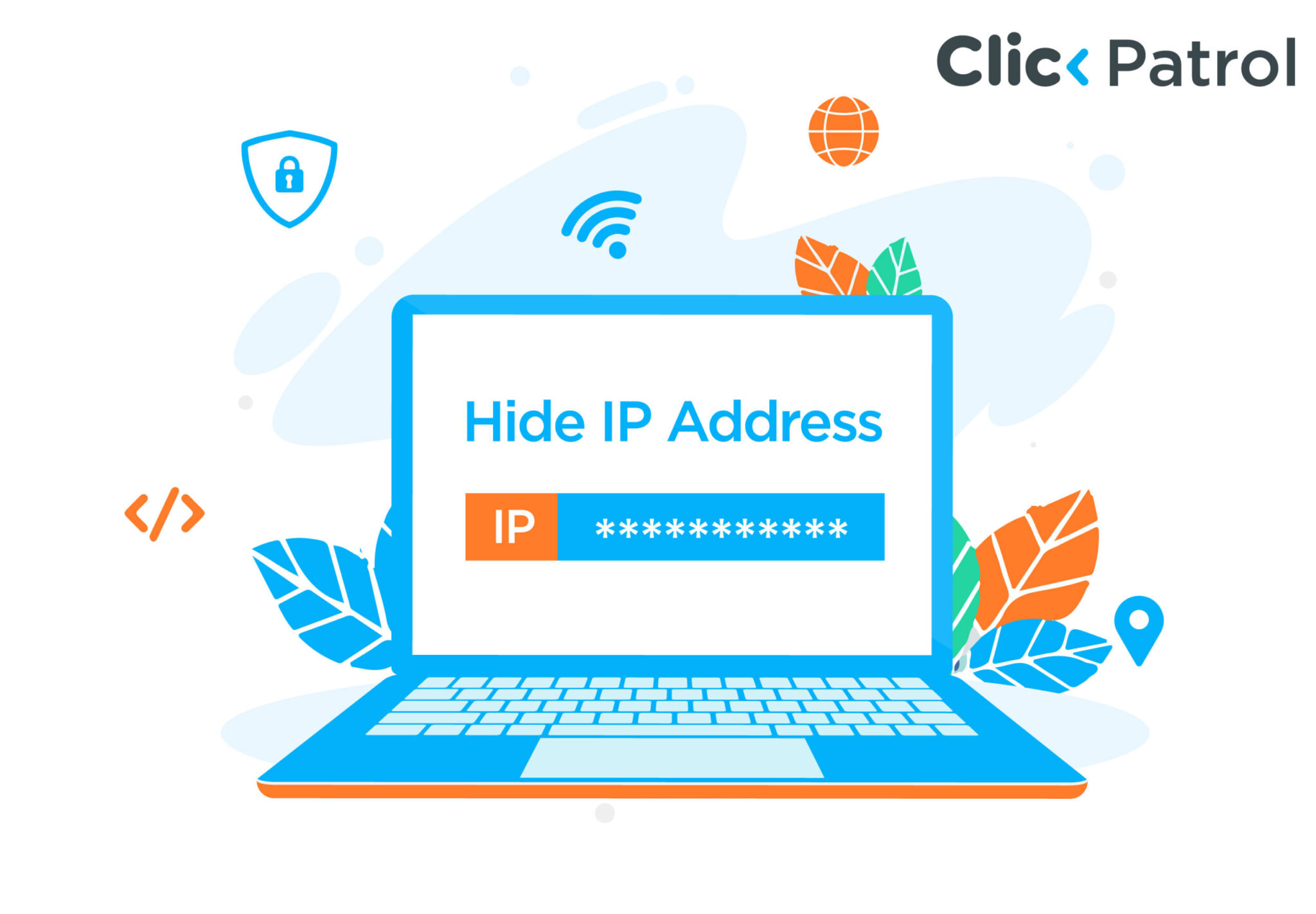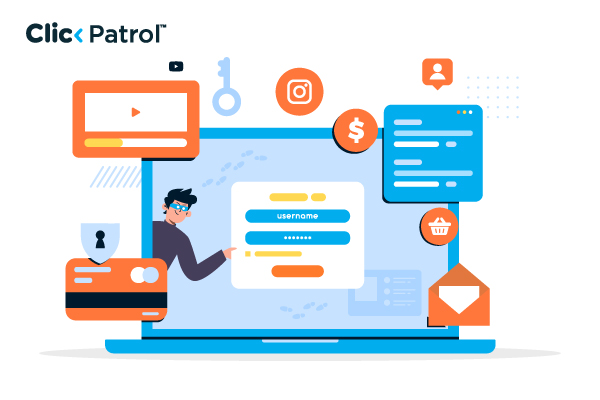Industries like finance, real estate, insurance, SaaS, and e-commerce are frequently targeted due to their high-value lead generation models.
Lead generation fraud: How to detect fake leads and protect your marketing budget
Abisola Tanzako | May 06, 2025

Table of Contents
- What is lead generation fraud?
- How lead generation fraud works: Methods and tactics
- The impact of lead generation fraud on businesses
- Types of lead generation fraud
- How to detect lead generation fraud
- Top tools and platforms to prevent lead gen fraud
- Real-world example
- Protecting your business from lead generation fraud
Businesses lose over $1.4 billion annually to fake leads and bot-generated form submissions. Lead generation fraud is a growing problem that wastes marketing budgets, lowers conversion rates, and damages business reputations.
Fraudulent leads can originate from bots, click farms, fake identities, and dishonest affiliates, making it challenging for businesses to connect with genuine prospects.
This guide explains lead gen fraud, how it works, and actionable steps to detect and prevent it.
What is lead generation fraud?
Lead generation fraud occurs when fake, low-quality, or non-existent leads are generated through fraud to exploit businesses running lead-based marketing campaigns.
Fraudsters trick advertisers into paying for leads that will never convert into customers. This type of fraud is prevalent in pay-per-lead (PPL) and affiliate marketing campaigns, where businesses compensate third parties for generating leads.
How lead generation fraud works: Methods and tactics
Lead generation fraud occurs when scammers manipulate digital marketing efforts to generate fake or low-quality leads, resulting in businesses wasting money on unproductive prospects. Here are some common ways:
- Bot-generated leads: Fraudsters use automated bots to fill out lead forms with fake information, making it appear that a genuine user is interested.
- Click farms and human fraud rings: Instead of bots, fraudsters may manually pay real people to submit fake leads. These individuals use temporary email addresses and phone numbers, making the leads appear genuine while having no intention of converting.
- Stolen or fake identities: Some fraudsters use stolen personal information to create leads, leading to businesses contacting people who never actually signed up.
- Recycled and resold leads: Dishonest lead brokers sell the same leads multiple times to different businesses. Slight variations, like changing email addresses or phone numbers, make them appear unique, while in reality, they are duplicates.
- Affiliate fraud: Fraudulent affiliates manipulate tracking systems by generating fake leads through bots, incentivized clicks, or proxy-based submissions. Since they are paid per lead, they inflate numbers without delivering to potential customers.
- Automated form fillers: Fraudsters use scripts to fill out lead capture forms instantly, bypassing weak security measures. These scripts mimic human behavior, making it harder to detect fraudulent submissions.
The impact of lead generation fraud on businesses
Lead generation fraud can seriously affect businesses, affecting their finances and overall marketing performance. When fraudulent leads enter a company’s sales funnel, they waste resources, distort campaign data, and reduce ROI.
- Wasted marketing budget: Businesses pay for fake leads that will never convert into customers.
- Skewed performance metrics: Fraudulent leads inflate key marketing metrics, making it difficult to assess campaigns’ performance. Marketers may believe their efforts are working, only to find that conversion rates remain low.
- Inefficient sales efforts: Sales teams waste time following up on non-existent or low-quality leads, leading to frustration and reduced productivity. Instead of engaging with real prospects, they chase after contacts that never had any intent to buy.
- Damaged reputation: If businesses unknowingly contact people who never submitted their information, it can lead to customer complaints, loss of trust, and potential legal issues.
- Inaccurate retargeting and CRM pollution: Fraudulent leads pollute CRM systems, making retargeting efforts inefficient. Businesses may spend more money trying to re-engage fake leads instead of focusing on potential customers.
Types of lead generation fraud
Lead generation fraud comes in different forms, each designed to manipulate marketing campaigns and waste advertising budgets. Here are some of the most common types:
- Bot-generated leads: Fraudsters utilize automated scripts or AI-powered bots to complete lead forms with fake or randomly generated details. These leads look real but do not intend to convert, wasting marketing resources.
- Click farm leads: Instead of bots, some fraudsters hire real people to submit fake leads manually. These individuals may use temporary email addresses and fake phone numbers, making detection harder while providing no value.
- Recycled or resold leads: Some lead brokers sell the same leads multiple times to different businesses, slightly modifying details like phone numbers or emails to make them seem new.
- Affiliate fraud: Dishonest affiliates try to inflate lead numbers by submitting fake leads or driving low-quality traffic to lead forms. Since they earn commissions per lead, they generate as many as possible, even if they do not convert.
- Incentivized leads: Some fraudsters offer cash rewards, discounts, or giveaways in exchange for filling out lead forms. While real users may submit these leads, they often have no genuine interest in the product or service.
How to detect lead generation fraud
Detecting lead generation fraud is essential to protect your marketing budget and ensure you are attracting genuine, high-quality leads. While fraudsters attempt to make fake leads appear legitimate, several warning signs can help businesses detect fraudulent activity.
- Unusual spikes in lead volume: If you notice a sudden, unexplained increase in leads, especially without a corresponding rise in website traffic or engagement, it could indicate bot activity or fraudulent submissions.
- Low conversion rates: If a high percentage of leads never convert, even after follow-ups, it is a red flag that many may be fake or of low quality.
- Duplicate or similar-looking leads: Fraudsters often submit the same leads multiple times with slight variations in emails, phone numbers, or names.
- Fake or invalid contact information: Many fraudulent leads use randomized or disposable email addresses and phone numbers that do not work. Regularly verifying contact details can help filter out bad leads.
- Unusual IP addresses and locations: If multiple leads originate from the same IP address or unusual geographic locations, it could indicate click farm or bot activity rather than genuine interest from diverse users.
- Short or nonsensical form submissions: Fraudulent leads often have incomplete or gibberish entries in name, email, or other required fields. If many submissions contain meaningless text, they are likely fake.
- High bounce rates and lack of engagement: If new leads immediately bounce off your website, never open emails, or ignore follow-ups, it may indicate that they were never genuine prospects in the first place.
- Suspicious affiliate activity: If certain affiliates consistently generate a high number of leads with low conversion rates, they may be engaging in fraudulent tactics to inflate numbers for commissions.
Top tools and platforms to prevent lead gen fraud
Since fraudsters employ various methods to generate fake leads, businesses require a multi-layered approach to filter out fraudulent activity and ensure their marketing efforts target genuine prospects.
- Use lead verification tools: Implement automated tools that validate email addresses, phone numbers, and IP addresses to detect fake submissions. Services like reCAPTCHA, email verification APIs, and phone number authentication can help block bots and fraudulent leads.
- Monitor lead behavior and engagement: Genuine leads show real engagement, such as clicking on emails, visiting multiple pages, or responding to follow-ups.
- Analyze traffic sources: If most leads originate from a single suspicious source or an unusual geographic location, it may indicate potential fraud. Be cautious when working with third-party lead vendors or affiliates, and set strict guidelines for where and how leads should be generated.
- Implement multi-step forms: Bots and click farms tend to complete simple, one-step forms. Using multi-step forms (e.g., requiring additional details or email confirmation) can help filter out fake leads while keeping genuine prospects engaged.
- Set up IP and device tracking: Track IP addresses and fingerprints to detect fraud patterns. If multiple leads originate from the same IP or device, it may indicate bot activity or a click farm operation.
- Utilize affiliate fraud detection measures: Implement rigorous tracking and monitoring systems when collaborating with affiliates. Set rules that flag suspiciously high lead volumes with low conversion rates, and do not hesitate to ban affiliates engaging in fraudulent practices.
Real-world example
A report by Kasada revealed that 69% of companies with bot management solutions experienced revenue losses exceeding 6% due to bot-driven account fraud, with 40% reporting losses of 10% or more.
During peak shopping periods, malicious bot activity has been associated with potential losses of up to $2.58 million per hour.
Protecting your business from lead generation fraud
Lead generation fraud is a growing problem that can drain marketing budgets, distort performance metrics, and waste valuable sales resources.
Fraudsters employ various tactics, including the use of bots and fake identities, to generate leads that appear genuine but have no actual value. To protect your business, implement lead verification tools, monitor traffic sources, track engagement metrics, and enforce strict quality guidelines.
By staying vigilant and employing a combination of automation, manual reviews, and fraud detection strategies, businesses can minimize fraud, enhance lead quality, and ensure that marketing investments yield accurate and profitable results.
Frequently Asked Questions
-
What industries are most affected by lead generation fraud?
-
How much does lead fraud cost businesses?
Lead fraud costs businesses billions annually in wasted ad spend, fake commissions, and lost sales opportunities.
-
Can bots be blocked entirely from submitting fake leads?
While no system is 100% foolproof, using CAPTCHA, AI fraud detection, and lead verification tools can significantly reduce bot-generated leads.






